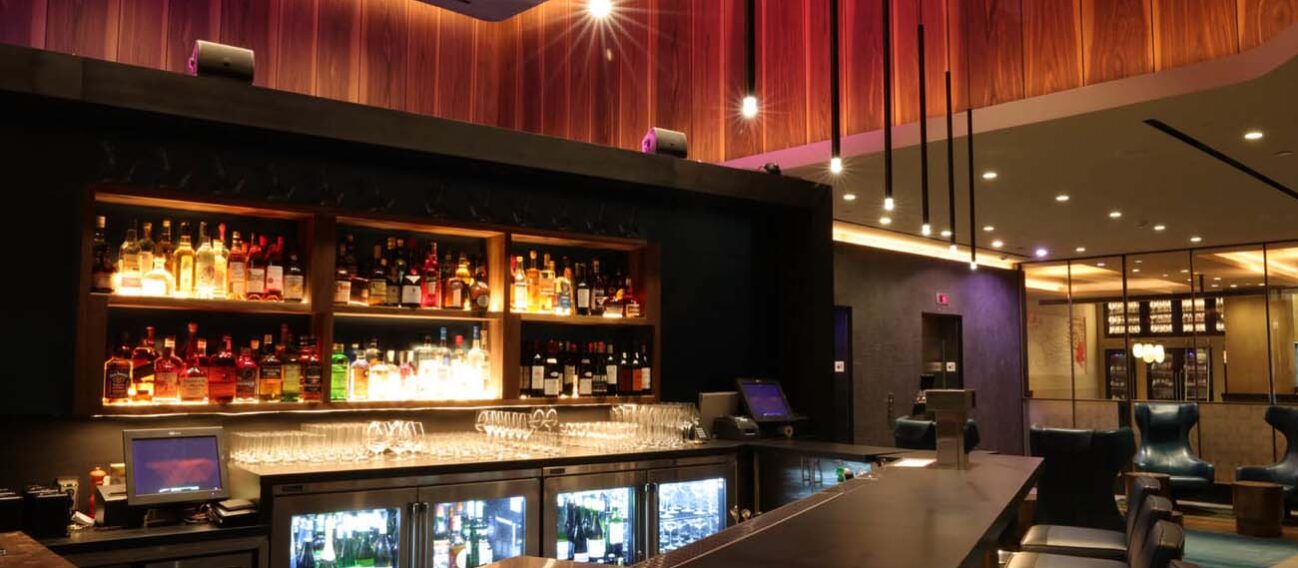Create Stunning Visual Spaces with Wall Washing and Wall Grazing Light
Choosing the right kind of illumination technique can make all of the difference in how lighting impacts the mood and perception of a space. Many factors can influence how we perceive light; the position of a fixture and its brightness, hue, and saturation are important to consider. Illuminating the surface of a wall creates a visual experience to the space and is typically done either by wall washing or wall grazing. You must couple the wall lighting method with the correct type of wall (smooth or textured) to get the desired effect.
Wall Washing and Wall Grazing. What is the difference?
Wall washing occurs when an entire wall is uniformly lit from top to bottom. This method hides blemishes or imperfections by eliminating shadows and is commonly used for smooth, light-colored, matte-finished walls. The wall washing technique emphasizes the vertical surface, making smaller spaces perceptually feel more extensive and is ideal for highlighting a specific focal point. Depending on the color of the wall, wall washing can add to the overall illumination of the space.
Wall grazing accentuates textured vertical surfaces by revealing the design of the texture and creating exaggerated shadows. The shadows become the focal point of the wall, drawing the occupant’s eyes to the texture. Placing the fixture where the light beam will impact the wall at a narrow angle creates the desired grazing effect.
Fixture Positioning for Washing and Grazing
To create a wall-washing effect, mount the light fixtures 2 to 3 feet from the wall and at or above ceiling height so they can effectively “wash” down vertical space. The luminaires should also be situated at a distance far enough away from the wall that allows the light to spread out at a wider beam angle. Angle light fixture at eye-level or towards the center of the wall or element you want to highlight to create the washing effect. Washing can also be accomplished by positioning fixtures at or below floor level in selected applications
The luminaires should be located closer to the wall where the light is directed to create a wall grazing effect. The light spacing should be within 12 inches of the wall. The lights can be mounted on the ground shining towards the ceiling for an alluring up-lighting effect.
Summary
Depending on what effect you want to achieve, each method will call attention to walls by manipulating how specific spaces or surfaces appear to the human eye. Wall washing highlights features on the wall and eliminates blemishes on a flat surface. In contrast, wall grazing turns the wall itself into the room’s focal point and accentuates textures.







